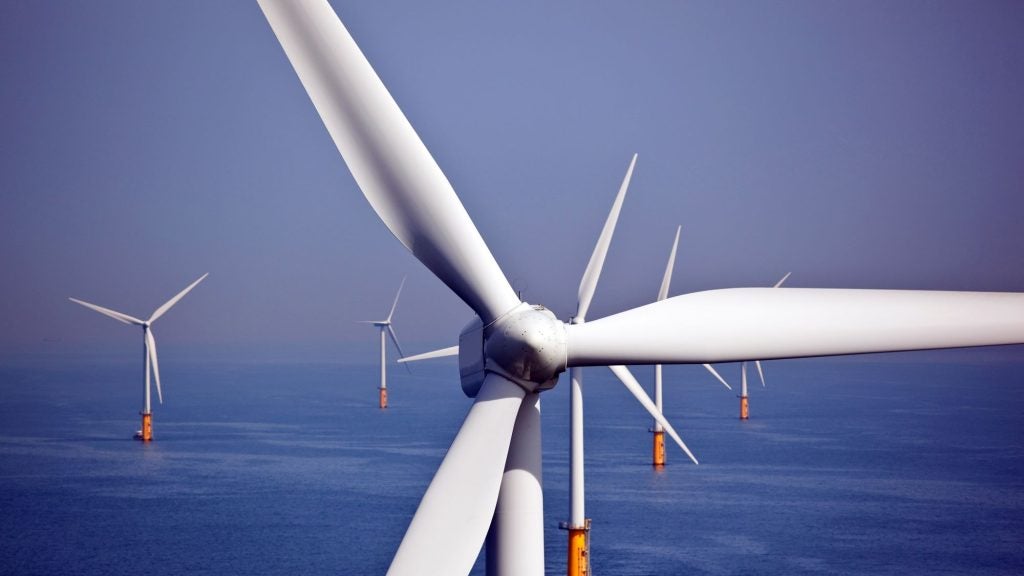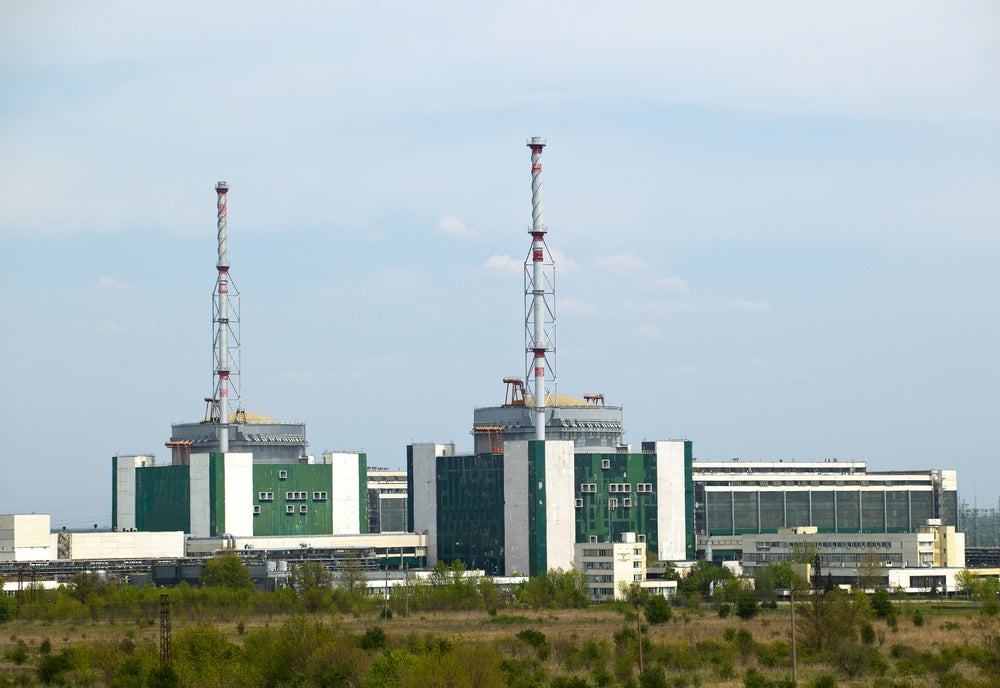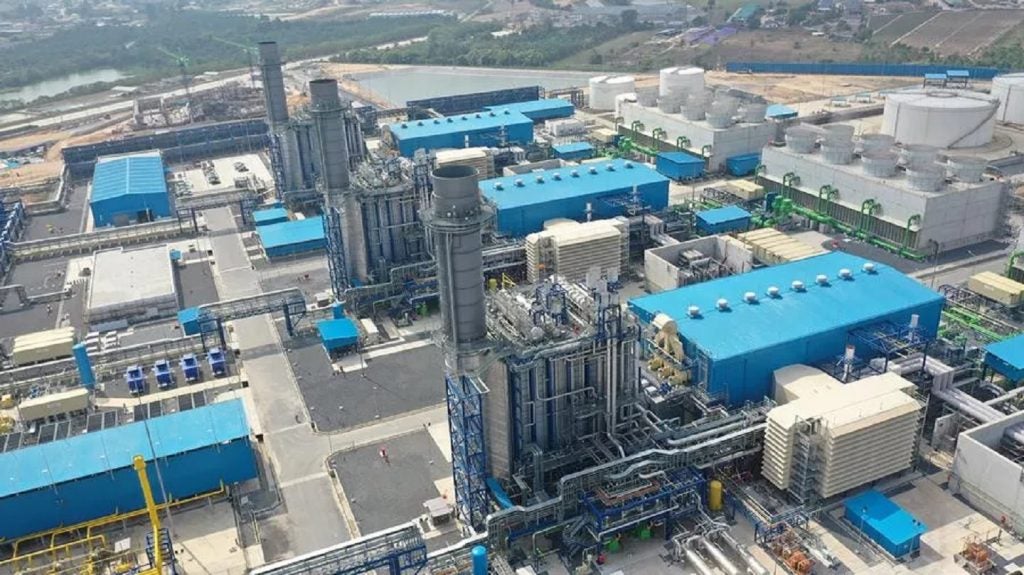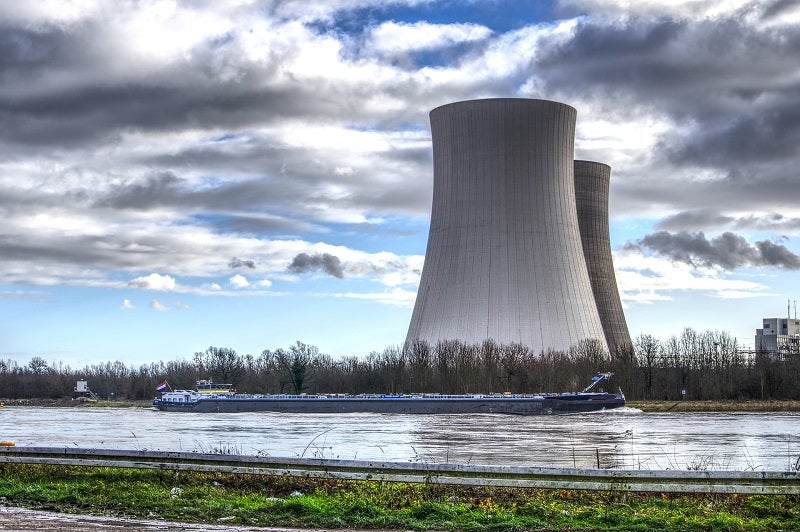The Quynh Lap Thermal Power Plant II is 1,200MW gas fired power project. It is planned in Nghe An, Vietnam. According to GlobalData, who tracks and profiles over 170,000 power plants worldwide, the project is currently at the permitting stage. It will be developed in multiple phases. The project construction is likely to commence in 2024 and is expected to enter into commercial operation in 2026. Buy the profile here.
Description
The project is being developed and currently owned by POSCO Energy. The company has a stake of 100%.
It is a Thermal power plant. The power plant can run on dual-fuel. The primary fuel being used to power the plant will be liquefied natural gas. In case of shortage of liquefied natural gas the plant will run on Subbituminous/Bituminous coal.
Development status
The project construction is expected to commence from 2024. Subsequent to that it will enter into commercial operation by 2026.
Power purchase agreement
The power generated from the project will be sold to Vietnam Electricity under a power purchase agreement for a period of 25 years.
See Also:
For more details on Quynh Lap Thermal Power Plant II, buy the profile here.
About POSCO Energy
POSCO Energy Co., Ltd. (POSCO Energy) is a power producer. The company undertakes electricity generation from liquified natural gas combined cycle plants located in Incheon, Pohang, and Gwangyang. It manufactures a fuel cell that generates electricity and heat from the electrochemical reaction between hydrogen and oxygen without combustion. POSCO Energy’s renewable energy business generates energy from solar and wind sources. The company also carries out solid refuse fuel power generation projects for producing electricity from municipal waste and recyclable resources. It operates as a subsidiary of POSCO. The company was formerly known as POSCO Power Corp. POSCO Energy is headquartered in Seoul, South Korea.
Premium Insights
From

The gold standard of business intelligence.
Blending expert knowledge with cutting-edge technology, GlobalData’s unrivalled proprietary data will enable you to decode what’s happening in your market. You can make better informed decisions and gain a future-proof advantage over your competitors.







